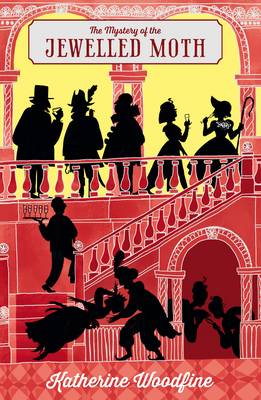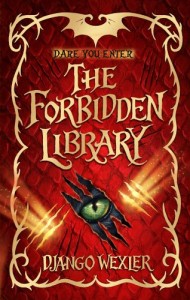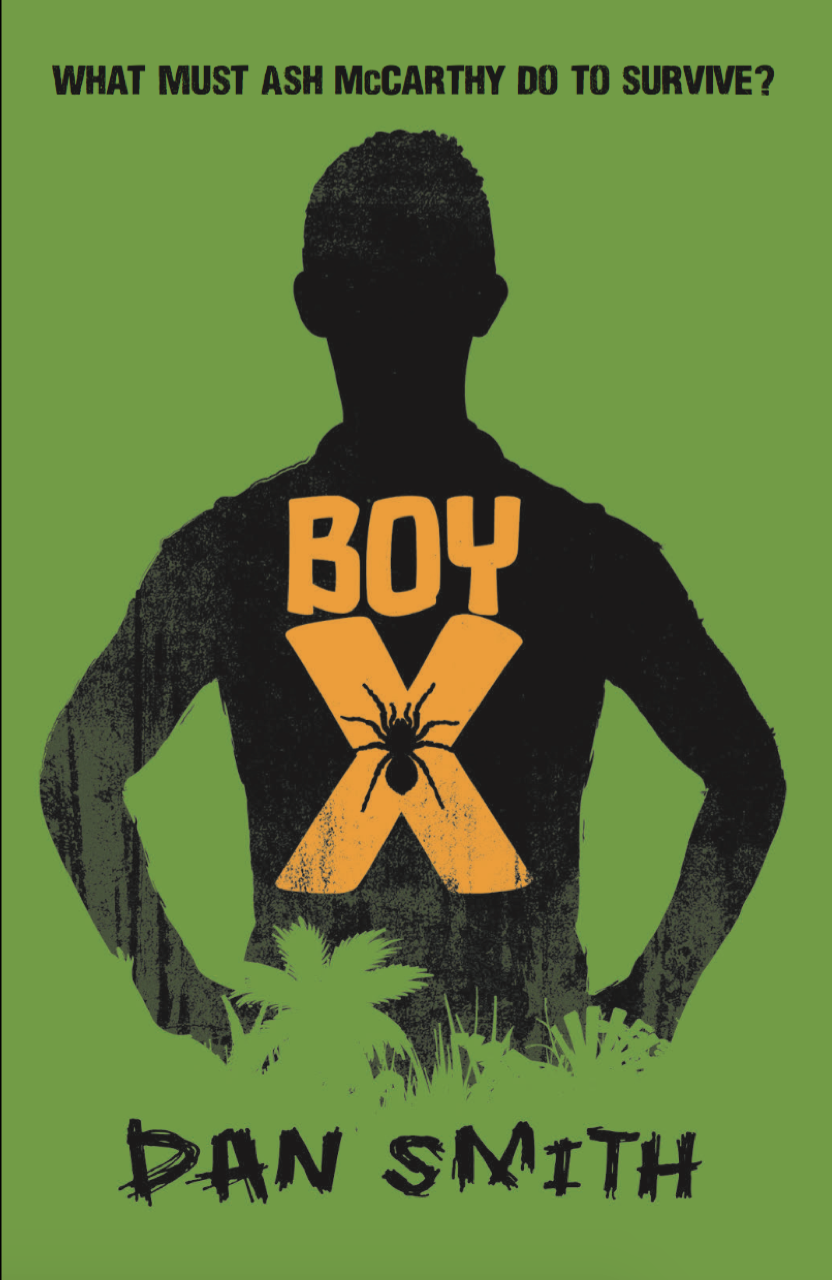Helen Moss is the author of the Adventure
Island series and the new Secrets of the
Tombs series. And later this year her first
short story will be published, in an exciting new anthology of mystery writing
for 8-12 year-olds called Mystery
and Mayhem. (Which I will be talking to her about in May to celebrate its
release - along with Robin Stevens and some of the other contributors)
I first met Helen in her role as coordinator for
the SCBWI Central East Network. She organises a whole host of wonderful talks
and meetings throughout the year, as well as spending time in schools and at
events like the Cambridge Literary Festival.
So Helen, can you tell us about how you became a
writer?
I was something of a late starter. About ten years ago
my husband’s work took the family to Oregon for a year. It was a chance to have
a get-off-the-hamster-wheel-and-think-about-life moment. I
really loved my job – I was a research scientist in psycholinguistics, the
study of how our brains understand and produce language - but it was very
full-on; there were so many other things I wanted to do – like writing a book.
When we came home I signed up for a Creative Writing
evening course at a local sixth-form college. I was hooked from the first
moment. I had enjoyed writing papers for journals in my previous job.
Describing theories and experiments is basically all about telling story. But
scientists are terribly fussy about sticking to the truth. There’s no room for
saying you’ve discovered a new brain area solely responsible for processing the
names of chocolate biscuit brands if you haven’t, even if it would liven the paper
up no end. But suddenly, I was writing fiction. I was allowed to make things
up. It was heaven.
Was your first published book the first thing you
wrote?
No. The first book I wrote was a MG detective novel
called The Sea Cucumber’s
Revenge.
Great title!
I hadn’t specifically planned to write for children. I
had the idea for a crime novel in which a mobile phone falls in to the wrong
hands and sets off a chain of consequences. It just seemed to make sense that
the ‘detective’ would be a teenage girl with a practical, scientific mind. She
uncovers a web of crime which links carbon capture technology in the South
Atlantic and a pair of small-time crooks closer to home in Cambridge.
It took me almost a year to get the MS in shape to
send out to agents (at least, I thought it was in
shape! It was, in fact, miles too long and all over the place) but I was lucky
enough to be taken on by a fantastic agent, Jenny Savill at Andrew Nurnberg
Associates. After helping me wrestle the MS down to size Jenny sent it out to
publishers. It had a couple of near misses but sadly didn’t quite make the
grade.
But, by another stroke of good fortune, it was seen by
Amber Caraveo, who was then an editor at Random House. A little while later
Amber was looking for someone to write an in-house series and asked if I’d like
to ‘audition.’ To my total amazement I got the job. The series was called Superstar High and followed
three girls as they pursued their dreams at an international stage school. It
was great fun and a massive learning experience – not only the writing, but
also the subject matter. I know nothing about stage school. I can’t sing or act
(I did briefly join a dance group in 1987 but that’s a whole different story!)
Is there
something that particularly draws you to the mystery genre?
I love mystery/crime/detective novels – although I’m
not a fan of the torture-and-gore variety. I was raised on Enid Blyton and
Agatha Christie, and then moved on to Sara Peretsky, Sue Grafton and Tony
Hillerman. I still love to discover new crime writers, especially if they write
about a place I know (we’re really spoiled in Cambridge; it’s
crime-fiction-topia!).
I didn’t really set out to specialise in mysteries.
The first book I wrote just turned out that way, and with the Adventure Island series, I suddenly
realised that I’d wandered into my natural habitat. I love the problem solving–
and also the teamwork and friendship between the detectives. Even in real life,
I can’t help looking for clues, working things out, aiming for a solution.
There’s also the fact that the mystery genre gives you
a framework to work with. You don’t start with a totally open ‘some stuff
happens to some people’ remit to plot around. In a mystery, something bad has
happened. Someone wants to keep it a secret. Someone else tries to find
it out. There’s always a story in that!
Can you tell us something about
what you’re working on at the moment?
I’m finishing off the last drafts of the third and
final book in the Secrets of
the Tombs series.
I’ve also been working on some short mystery/adventure stories for a reading
scheme. Then I have a couple of other projects simmering in the
background that I hope to get ready to send out this year. One is a majorly
revamped version of The Sea
Cucumber’s Revenge. I
can’t quite give up on it yet! The other is . . . well, it has animals and
adventures in it. I’ll maintain an air of mystery and say no more for now.
I know you have traveled to some pretty amazing
places researching your books. What do you believe this brings to your books?
Where is your latest book set?
I have indeed! My holidays for the last three years
have been based on the locations for the Secrets
of the Tombs books
– which have each been set at a different amazing archaeological site. The Phoenix Code was the
Valley of the Kings in Egypt. The
Dragon Path was
the Tomb of the First Emperor near Xi’an in China. The third in the series - The Serpent King - takes place
among the ancient Maya cities of Calakmul and Chichen Itza in Mexico.
It’s very important to me to visit the settings of the
books. Although the Secrets of
the Tombs mysteries
all have their roots in the ancient past, the action is entirely contemporary.
I wanted the adventures to feel realistic – to give readers the feeling that
the events could actually happen to ‘ordinary kids’ like themselves. There are
no magical devices or super powers. For that reason, I felt it important that
the settings were detailed and convincing. I also do a lot of research using
books and the internet, of course, but there are some things you can only
discover by being in a place. I wish I’d had longer, but even a week or so is
enough to find out what the air smells like, what people are wearing and
eating. What do the birds sound like? What kinds of trees grow in the town
squares? What snacks are on sale in the shops? I walk around with a notebook
making lists of brands of ice lollies, types of ants, names of cafes, the
colour of the buses . . . everything!
Now that series is finished I’ll have to think of new
ideas for holiday destinations. The first will be a trip to Thailand to visit
my brother and his family. Watch out for Thailand cropping up as a setting for
a mystery in a year or two!
I can’t wait – and neither can my son! Your current
books are for a slightly older audience. Would you consider writing in other
genres too?
I would certainly consider having a go at writing
other genres and for other age groups, although I’m not sure I’d be able to
pull it off. I have a suspicion that a bit of shady crime would sneak in even
if I were trying to write a romance or a comedy. MG mystery will always be my
first love!
I’ve attended a few of your talks now and am always
impressed by the way you get everyone buzzing – what would your top tips be for
authors just starting out doing schools visits and literary events?
Thank you – it’s very kind of you to say so.
One of the great advantages of writing for MG readers
is that they are a joy as an audience. They are always generous with their
attention and enthusiasm and generally delighted to meet a real author.
I’ll try to think of some top tips to pass on .
. .
I’m hopeless at remembering advice that I’ve been
given. Only one or two gems have ever stuck. One was that if you are not very
tall you should always apply mascara to the upper side of your top eyelashes as
well as the underside, as this is the part most (taller) people will see. I
remember reading this in Just
17 magazine,
at the back of O Level Chemistry class (I believed at the time that impressing
boys with my devil-may-care attitude to
authority and my mastery of eye make-up was more important than molecular
structure).
The second piece of advice I remember came much more
recently and, you’ll be pleased to know, is a lot more relevant to school
talks. I heard it from an author who wrote for teenagers (I wish I could
remember who it was). She remarked that the audience really want to learn
something about themselves, not just about you.
That struck me as true – perhaps to a lesser extent
for younger children than for teens, but still true – and so I always make
doubly sure that my talks have plenty of opportunity for the children to get
involved. For example, encouraging them to think about what they would do in a
certain situation, or to find out which character they most identify with, or
to explore what kind of writer they’d like to be, and of course, to come up
with their own story ideas.
My other top tip for school visits is to be adaptable!
However well planned, something can always go wrong – a projector bulb blows
up, a fire alarm goes off, someone has been sick in the hall . . . I usually
take large print-outs of my main slides so that I can hold them up to show,
even when the projector/screen/computer fails (this happens so often than I
have turned disaster into a game with The Patented Human Powerpoint System:
children come up to play the parts of the screen and hold up the pictures, and
another child to play the part of the remote control.
Another routine which was born out of near-disaster is
the Ponder Wander. I found
myself doing a workshop with a large group of children, all sitting on the
floor in a stuffy hall for a longer than expected session on a very hot day. I’ll
share it with you as my “Top Tip” because it turned out to be so much fun that
I now often do it even when it’s not strictly needed. It also demonstrates how
amazing KS2 children are; they’ll happily go along with your craziness.
I call this the Ponder Wander. If I see that the
children are getting uncomfortable and squirmy I stop what we’re doing and
explain that an important part of a writer’s day is to go out for a walk to
think over a tricky plot twist or bit of dialogue or whatever. It helps, I
explain, if you happen to have some dogs to take for a walk with you (I show
them a picture of my two collies asleep under my desk – I keep a picture of my
dogs with me at all times; if all else fails, children are almost always happy
to talk about animals for hours on end!).
Then we all take our imaginary dogs for a walk around
the hall. Many of the kids in the audience have a dog at home so they
take their imaginary real dogs. For the children who don’t own a real
dog, they can now invent their fantasy dog and give it a name – and they take
their imaginary imaginary dog for a walk. Some of the kids will, of course, ask
if they can have an imaginary hippo or polar bear or unicorn or ferret instead.
I tell them that’s fine, as long as it’s a well-behaved hippo/polar
bear/unicorn/ferret that walks to heel, and doesn’t get in fights with the
other pets.
I also explain that when writers go for walks they are
so busy pondering that they don’t
talk to anyone (apart from themselves). Even if they see their friends while
out on a walk, writers pretend they haven’t seen them and
walk right past. So off we all go on a mass Ponder Wander, purposefully
parading around the hall, with our imaginary pets on imaginary leads, (stopping
to scoop up imaginary dog poo), in total silence, avoiding our friends,
occasionally talking to ourselves. It’s a magnificent sight!
After a few minutes of this, we all put our imaginary
pets into their imaginary baskets, place the imaginary poo bags in the
imaginary poo bin and sit down and get back to work. Now, I inform the
children, they have truly sampled the weird and wonderful life of a writer.
I’ve never known a KS2 child refuse to join in (note:
any children who can’t walk around for any reason take on the vitally important
job of sitting looking after the imaginary dogs that have been scared by the
imaginary hippos. Oh, and with younger children you might also want to check at
the start that they know what ponder means. While
doing this with a Y3 group, I was asked very seriously when were we going to
get to the pond and would the
dogs be allowed to jump in).
It’s definitely worth a whirl if you see your audience
getting restless. Only do this in a long workshop though, as it’s surprising
how much time a discussion of the toilet habits of an imaginary unicorn can
taken up.
I love this and will definitely be
giving that a go! I remember you saying that there was a time when you were
writing a series and the pressure was really on to meet the deadlines. What are
your tactics for getting yourself to the computer – and staying there till you
hit 'The End'?
Oh yes,
series deadlines can be scary things! The first six Adventure Island books were
written in little over six months. There were tears and tantrums. I’m generally
pretty self-disciplined. I sit down at my desk and write as soon as my sons are
off to school (although one is now away at Uni and the other at sixth-form
college so this is starting to change) and the dogs have been walked. I just
keep going until it’s time to make dinner (although there are always other
things that need doing, course, so it’s variable). I often work in the evenings
too – depending on what stage I’m at. I usually start a book at a fairly even
pace, smugly congratulating myself on my mature approach to work-life balance.
That lasts for a week or two. Towards the end of a draft, the book totally
takes over and everything else goes by the board. I’m hopeless at
multi-tasking. But I like to think that my sons have benefitted from a degree
of healthy neglect. They have a high tolerance to muddle and grime and have
both been able to cook themselves a meal and navigate their way round a bus
timetable from an early age.
I have my own
little office at home, but I always work on a laptop, so I roam around the
house with it when I’m fed up of my desk. I often work lying on my bed,
standing at the kitchen counter or perching at the kitchen table. Due to a
combination of a slightly dodgy back and general fidgetiness, one of the
biggest problems I have with writing to deadlines is sitting in one place for a
long time. I go for lots of Ponder Wanders, of course. Or I take myself off to
a café or library for a change of scene. I find it hard to work at home if
there’s any noise or distraction (and there is nothing more distracting than
the sound of a teenager rummaging through an airing cupboard for a pair of
socks) but I can happily work in a crowded café - as long as nobody asks me if
I’ve seen their socks.
Helen, as ever it’s been a pleasure talking to you
– Thank you!
To find out more about Helen’s books or the work
she does in schools, visit her site. And keep a look out for the
third book in the Secrets of the Tombs series – The Serpent King – which is
coming this summer!
Andy Shepherd
@andyjshepherd











